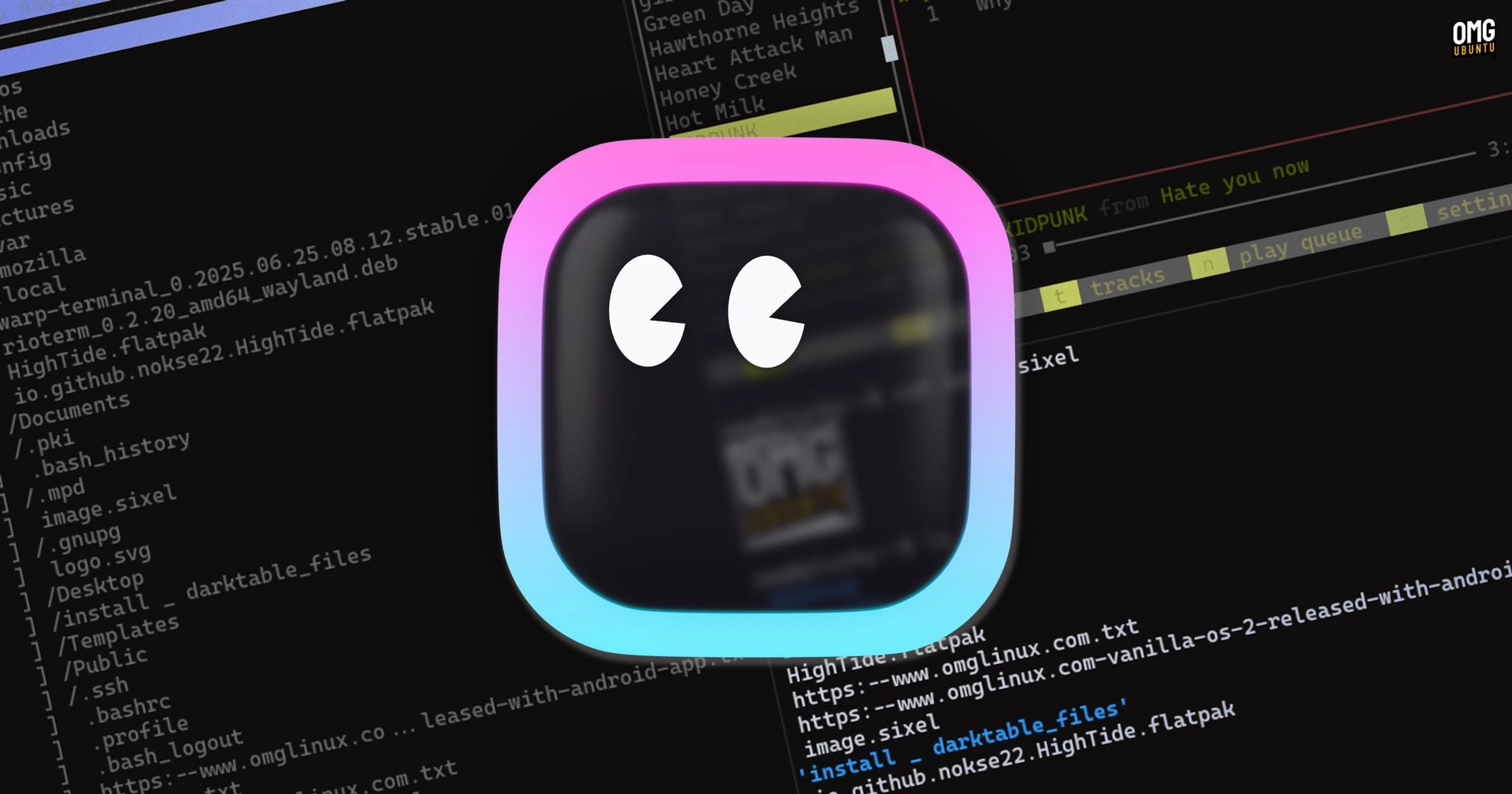Terminal emulator applications are prevalent across Linux distributions, including Ubuntu, and while they may seem interchangeable at first glance, each offers unique features tailored to different user preferences. Recently, a terminal emulator called Rio has garnered attention due to its innovative use of technology.
What Sets Rio Apart?
Rio is a terminal emulator created using the Rust programming language, and it leverages WebGPU for enhanced performance. This hardware acceleration makes it particularly appealing, as it can deliver speedy performance and improved efficiency while functioning on both Wayland and X11.
Some advanced features that may attract more experienced users include:
- Font Ligatures: Combines characters into a single glyph for a cleaner appearance.
- Split Panes: Allows users to view multiple terminal sessions within a single window.
- Support for iTerm2 and Kitty Image Protocol: Enables rich media interactions.
Rio also integrates code from the well-regarded terminal emulator Alacritty, benefiting from its ANSI parser and event handling.
With a vibrant interface, Rio supports theming and transparency—users can enhance their experience, although they may need to use the Blur My Shell extension on Ubuntu to enable background blur effects. Unique features include the ability to apply RetroArch shaders for nostalgic aesthetics and support for the Sixel protocol for displaying bitmap images directly within the terminal.
Keyboard-Centric Design
Adapting to Rio requires users to embrace a keyboard-centric approach, as the application minimizes mouse interactions. Most customizations, such as adjusting themes and keybindings, are performed by editing a configuration file in a text editor, rather than through an in-app settings menu.
Keybindings to note include:
Shift + Ctrl + R: Right splitShift + Ctrl + D: Bottom splitCtrl + D: Close focused splitShift + Ctrl + T: Open new tabShift + Ctrl + ] or [: Switch tabsCtrl + + or -: Change font size
Currently, resizing splits through keyboard shortcuts is not supported.
Installation Instructions
Rio is open-source and compatible with multiple operating systems including Windows, macOS, and Linux, making it a viable choice for developers who work across different environments. It’s available on Flathub for easy installation. Ubuntu users can also obtain a DEB installer from the Rio GitHub repository. Notably, the DEB installer does not establish an automatic update path via APT.
This overview is intended to introduce you to Rio as a possible addition to your terminal toolkit. While it may not replace your current terminal emulator, its unique features and performance enhancements make it a worthy option to consider or recommend to others.
For more details, visit the official Rio website.
